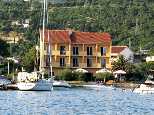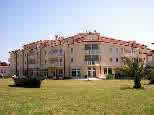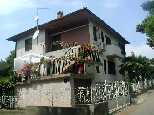Goli Island
Goli otok
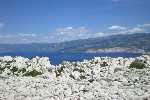

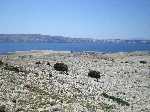
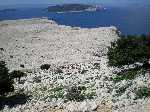
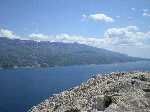

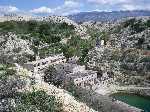
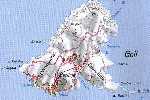

Goli (bare) Island, with an area of about 4.7 km², is situated in the
Velebit Channel between Rab, Sv. Grgur (St. George) and Prvic islands.
The very name alone says a lot about the appearance of this island.
Together with the neighboring island of Sv. Grgur it comprises part of
the limestone massive that extends parallel to Kamenjak (408 m above
sea level) on Rab and Prvic Islands. The island's northern coastline is
bare and inaccessible, and the depth of the sea on the very shoreline
is about 30 m. The southern and south-eastern coastline is also poorly
vegetated, while it is rich in terms of bays, the largest of which is
Small Tetina Bay.
Goli otok



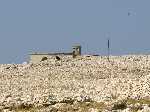





Until recent times the island was uninhabited. During World War I,
Austria-Hungary incarcerated Russian prisoners of war taken from the
Eastern Front on Goli Island. From 1949 and onwards, Goli Island was
host to the notorious penitentiary for Croatian political prisoners,
especially those accused of supporting Stalinism, and those who
emphasized the Croatian national identity. Later on in time, criminals
and serious juvenile offenders served time on the island.
Goli otok









On Goli Island, popularly known as the "Croatian Alcatraz", prisoners
performed the most strenuous physical tasks, forced to work in the
stone quarry with summer temperatures ranging from 35 to 40 °C and
lashed by the Senj bura (harsh winter wind) during the winter. This was
the "spiritual slaughterhouse" where all human dignity and even lives
were lost. Most of the penitentiary buildings were situated between the
bays of Mala Tetina and Melna, and were to become the silent witnesses
of the island's mournful past. Goli Island prison was decommissioned in
1988.
Goli otok








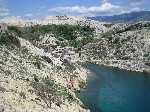
Neighboring St.Grgur Island, only one mile away, shared the same sad
fate as Goli Otok. From the end of World War II and up until 1964, a
detention center for political prisoners sentenced by the military
court was situated here. A prison for women was located on the northern
side of the island.
Goli otok









|


